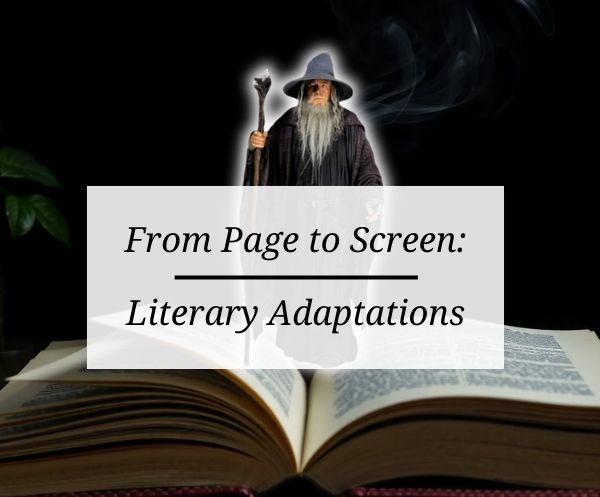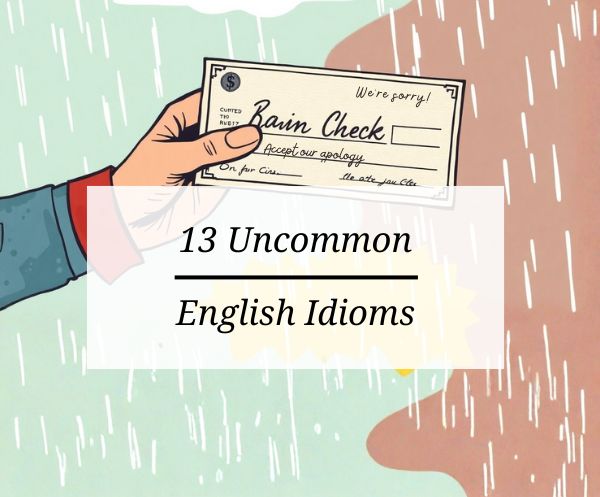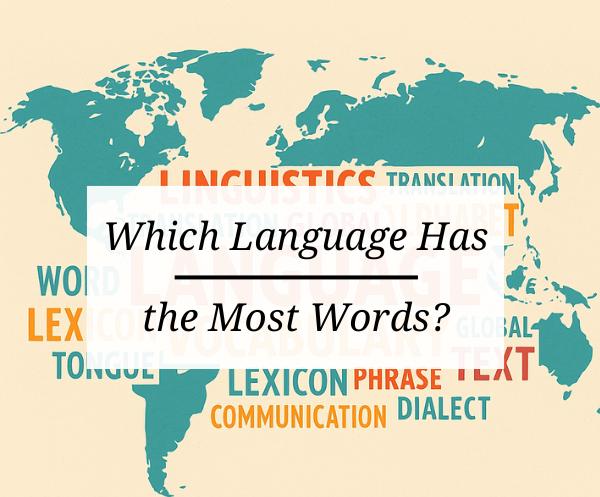The Magic of Literary Adaptations: From Page to Screen
I have always been fascinated by the way stories transform as they move from one medium to another. Growing up, I spent countless hours lost in the pages of my favorite novels, only to be captivated later by their film adaptations. This topic is personal to me because it reminds me of the first time I watched a movie based on a book I loved, and how the magic of the original story was both preserved and reinvented on screen. Today, I want to share my thoughts on literary adaptations, exploring what they are, how they work, and why they continue to resonate with audiences across generations.
What Are Literary Adaptations?
At its core, a literary adaptation involves taking a written work—whether a novel, play, or short story—and transforming it into another medium, most often film, television, or radio. Originally, “literature” referred to all forms of written texts, but nowadays it is associated with genres like poetry, epic narratives, and drama. When a book is adapted into a film, the story shifts from words to images, sound, and dialogue. This translation is never exact; rather, it captures the essence of the original work while making adjustments to suit the new medium.
For example, fans of the Harry Potter series know that some characters, such as the mischievous poltergeist Peeves and the lesser-known Weasley brother, Charlie, are either absent or barely mentioned in the films. Filmmakers must condense lengthy narratives and focus on the central plot, which sometimes means leaving out details cherished by readers. Similarly, in Patrick Süskind’s Perfume, the rich descriptions of smell in the book are transformed into visual metaphors—close-ups of rats and unsettling imagery—so that viewers can almost feel the intensity of the scent.
The Process of Adaptation
Adapting a literary work to the screen is a creative balancing act. It involves a blend of collaboration between screenwriters, directors, and sometimes even the original authors. The script becomes the translation of the written word into scenes, dialogue, and cinematic moments, condensing a potentially sprawling narrative into a format that fits within a two- to three-hour film.
Character development also plays a crucial role. Books often provide deep insights into a character’s thoughts and backstory, which must now be conveyed visually through performance and dialogue. A beloved childhood novel about a magical library, for instance, was adapted into a film where the enchanting setting was brought to life with imaginative camera work and evocative music—even though not every detail from the book could be included.
One of the biggest challenges in this process is meeting audience expectations. Fans come to an adaptation with their own mental images of characters and settings, so any deviation can lead to disappointment. Yet, when done well, an adaptation not only captures the heart of the original story but also introduces it to new audiences. Films like To Kill a Mockingbird have become cultural touchstones, sparking discussions about morality, justice, and empathy while encouraging viewers to revisit the original texts.
Well-Known Examples of Literary Adaptations
Literary adaptations span a wide range of genres and periods. Below is a table listing some well-known examples that have made a significant impact on both literature and film:
| Original Work | Adaptation Title | Format & Year |
|---|---|---|
| Do Androids Dream of Electric Sheep? | Blade Runner | Film, 1982 |
| The Body (novella by Stephen King) | Stand by Me | Film, 1986 |
| Les Liaisons Dangereuses (by Choderlos de Laclos) | Dangerous Liaisons | Film, 1988 |
| Heart of Darkness (by Joseph Conrad) | Apocalypse Now | Film, 1979 |
| Dracula (by Bram Stoker) | Bram Stoker’s Dracula | Film, 1992 |
| Harry Potter series | Harry Potter film series | Film, 2001–2011 |
| The Lord of the Rings | The Lord of the Rings film trilogy | Film, 2001–2003 |
| The Shining (novel by Stephen King) | The Shining | Film, 1980 |
These examples illustrate how literary works are transformed across different mediums. Each adaptation brings its own interpretation while inviting audiences to explore the original stories in new and exciting ways.
Cultural Impact and the Future
Literary adaptations are more than just a means to retell a story—they bridge the gap between different art forms, enriching both literature and film. They invite us to reconsider familiar narratives and open our minds to new interpretations. With the growth of streaming platforms, adaptations are reaching even greater heights, allowing filmmakers to experiment with formats and styles that challenge traditional storytelling. This evolution is making it easier for diverse voices to be heard and for stories from various cultures to be shared globally.
Advances in technology, such as virtual reality and enhanced visual effects, are opening up new possibilities for how we experience literature on screen. At the same time, evolving societal values and the emergence of new storytellers are reshaping narratives, ensuring that adaptations remain a dynamic and vital part of our cultural heritage.
Conclusion
Literary adaptations are a testament to the enduring power of narrative. They show us that the journey from page to screen is one of transformation—one that respects the original work while embracing the creative possibilities of film and multimedia. I chose to share this topic because of my deep personal connection to both reading and watching films. Every adaptation I encounter offers a unique perspective on the source material, and I find it endlessly fascinating to see how directors and screenwriters navigate the challenges of preserving a story’s essence while reimagining it for a new medium. For anyone who loves stories, whether read or seen, literary adaptations offer a fresh lens through which to experience the magic of literature.





